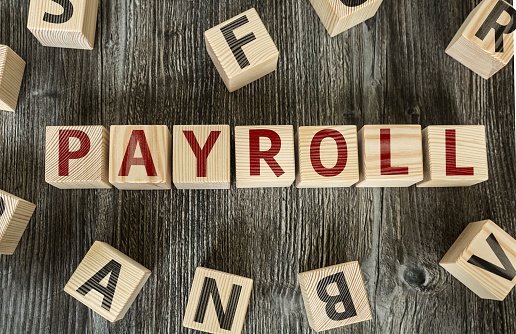
Markets
Sterling lost ground on the big day. The Bank of England slowed its weekly asset purchase pace, acknowledging the vaccine-boosted economic recovery. Simultaneously, by doing so, they hold off pressure to start tightening interest rates as the QE end goal (£895bn) remains the same. Net purchases will now conclude by the end of the year rather than early November. A first rake hike is penciled in by Q2 2023. The BoE clearly ranks amongst the most positive in the G10 space, but managed to hold off immediate pressure. EUR/GBP closed at 0.8685 from an 0.8634 open and remains below 0.87 resistance. This level could nevertheless face pressure today or next Monday as results from yesterday’s Scottish parliamentary elections seep in. The SNP could win an outright majority which is a proxy for a referendum on joining the EU. Similar dynamics played at their previous attempt in 2014 and were a short term negative for sterling back then. Inflicted damage could be even slightly higher given the larger SNP-share and the brexit-aversion amongst a majority of Scottish people. A soft dollar balances out with a weaker pound this week with cable switching sides of the 1.39 handle.
The Chinese services (and composite) PMI beat expectations this morning with the trade surplus increasing again. Both exports and imports rose significantly, pointing at robust both overseas and domestic demand. USD/CNY continues its April move lower with the pair trading near 6.46 and closing in on this year’s low of 6.42. Chinese stocks underperform regional indices for a second session running since returning from public holidays. Today’s eco calendar contains April US payrolls. Consensus expects a stellar 1mn net job growth. US President Biden is expected to comment on the report three hours after the release, suggesting he’ll claim some bragging rights. US political/monetary heavyweights get BLS-update somewhat in advance. We are eager to find out whether markets will turn another deaf ear to the eco data. ISM’s and ADP employment didn’t make the consensusbar this week, but remained very, very, strong. A negative risk climate interfered with the releases, but yesterday’s price action on the heaviest hit Nasdaq was constructive for the first time this week. Meantime, the Dow Jones is already again in record territory. Another factor muting any possible celebration to firm eco data was this week’s avalanche of Fed speakers backing up Fed Chair Powell’s transitory inflation line which doesn’t require imminent policy changes. US real yields (lower) and inflation expectations (higher) parted ways again. Whatever the reason, the US 10-yr yield is closing in on the 1.53% recovery low while EUR/USD has its eyes on the 1.21 big figure. While tests are possible, it’s not our base scenario that these levels will crack under the pressure.
News headlines
The Czech National Bank took a hawkish turn during yesterday’s policy meeting. New forecasts suggest lower growth for this year of 1.2% (-1ppt) but higher for the next (4.3%, +0.5ppt). It also projects significantly higher inflation of 2.7% (+0.7ppt) for 2021 and 2.4% (+0.2ppt) in 2022. The statement retains the notion of its model projecting “a rise in rates from roughly the middle of this year onwards”. Unlike previous months however, governor Rusnok no longer pushed back against such early tightening, citing “new” inflationary pressures both from domestic and foreign demand and overall reduced uncertainty. The Czech krone rallied from an intraday low around 25.87 to 25.7. The CNB sees the krone strengthening further to EUR/CZK 25.4 in Q4.
In its semi-annual Financial Stability Report, the Fed warned for higher-than-cyclical risk appetite stretching valuations in combination with high levels of corporate indebtedness are creating vulnerabilities in the US financial system. It warned that existing measures of hedge fund leverage “may not be capturing important risks”, in a reference to the collapse of Archegos Capital. The Fed sees risks in the real economy, where demand for and prices of homes shot up as a result of low rates.


 Signal2forex.com - Best Forex robots and signals
Signal2forex.com - Best Forex robots and signals




